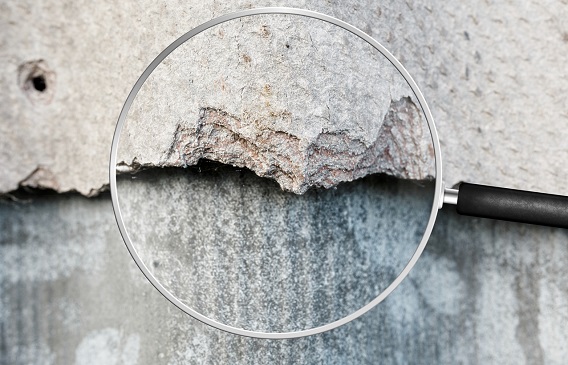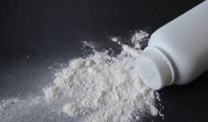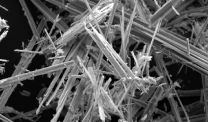Dutch Company Claims Asbestos Removal from Building Materials
Research & Clinical TrialsWritten by Travis Rodgers | Edited By Amy Edel

Asbester, a company in the Netherlands, claims it can convert asbestos-containing products into non-hazardous construction materials. Located in Rotterdam, Asbester aims to permanently eliminate the harmful global waste problem of asbestos from ending up in landfills.
Using a unique denaturing process, large sheets of asbestos cement are drenched in water, heated, shredded and then turned into a slurry. Asbester says these steps dissolve dangerous asbestos fibers, removing the toxic mineral and allowing the material to be repurposed as calcium silicate hydrate for use in concrete mixtures for construction projects or in the paint industry.
“All asbestos just goes to landfill,” Graham Gould with Thermal Recycling told the BBC. “Once it’s in a landfill, it just stays there forever. People talk about removing asbestos but no asbestos has ever been removed, it has just been shifted from one place to another.”
The company is currently utilizing this process for asbestos cement roofing sheets. The same process will soon be used to denature water pipes. For now the company is working out of a small industrial unit but plans to have a full-scale plant up and running by 2026. Experts believe a processing plant could denature up to 33,000 tons of asbestos a year.
The European Asbestos Forum reported in 2019 that an estimated 220 million tons of asbestos was produced around the world. While asbestos use in the U.S. has declined, raw asbestos imports rose dramatically in 2022 to 114 metric tons in just the first 3 months of the year, according to the U.S. International Trade Commission.
Legacy asbestos can also still be found in some older buildings and products. As asbestos ages it has a greater potential to break down, releasing asbestos fibers into the air.
Asbestos Recycling
Recycling asbestos products is another way the dangers of the mineral can be neutralized. The recycling process involves using microwave thermal treatments to heat the asbestos or milling it at high speed.
The process can create what’s known as “glassphalt” for use in building roadways. It can also produce “glasscrete” that can be used in construction materials.
The technology can be complicated and cost about three times the amount of traditional asbestos disposal. For now, the option of recycling asbestos is only an option for private companies and U.S. governmental agencies and not for the general public.
Asbestos Risks
Asbestos exposure is the primary cause of mesothelioma. Asbestos fibers can become trapped in the body through inhalation or ingestion. Over the course of decades, these trapped fibers can cause inflammation, scarring and changes to the DNA of cells that can cause cancer.
In addition to mesothelioma, asbestos exposure can also cause a number of other asbestos-related diseases. These can include conditions such as asbestosis and COPD, as well as other forms of cancer.
Anyone with a history of asbestos exposure is advised to discuss this with their doctor. Your doctor may advise you to have regular mesothelioma screenings.
Asbestos Ban
In March 2024, the Biden administration finalized plans to ban chrysotile asbestos across the country. Companies are allowed up to 12 years to phase out the use of material during the manufacturing process.
Chrysotile asbestos is currently the main type of raw asbestos still imported into the U.S. It’s used mainly in the chloralkali industry in the production of chlorine. The new ban does not require the elimination of all types of asbestos.






